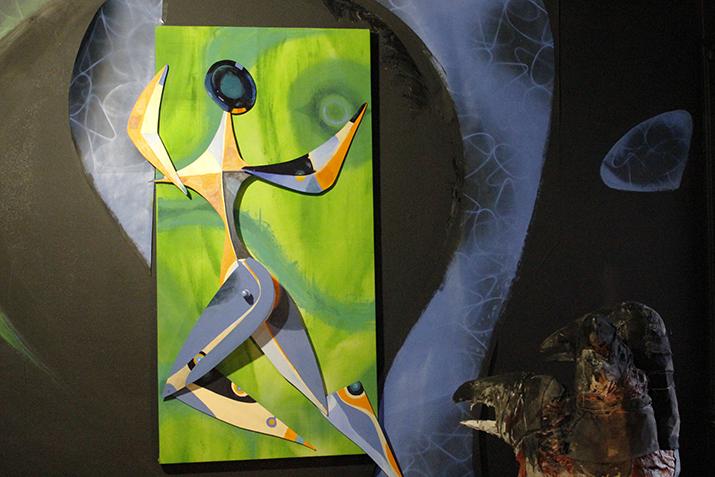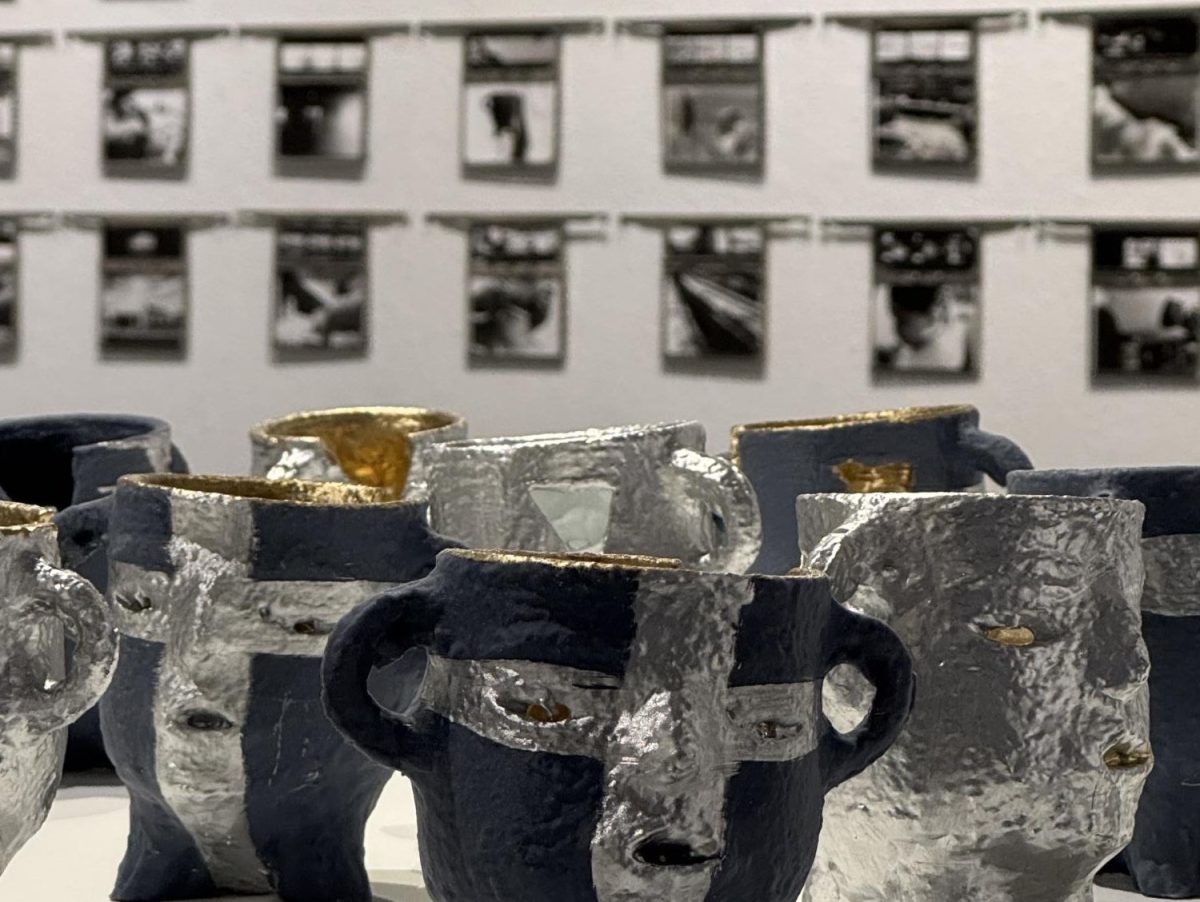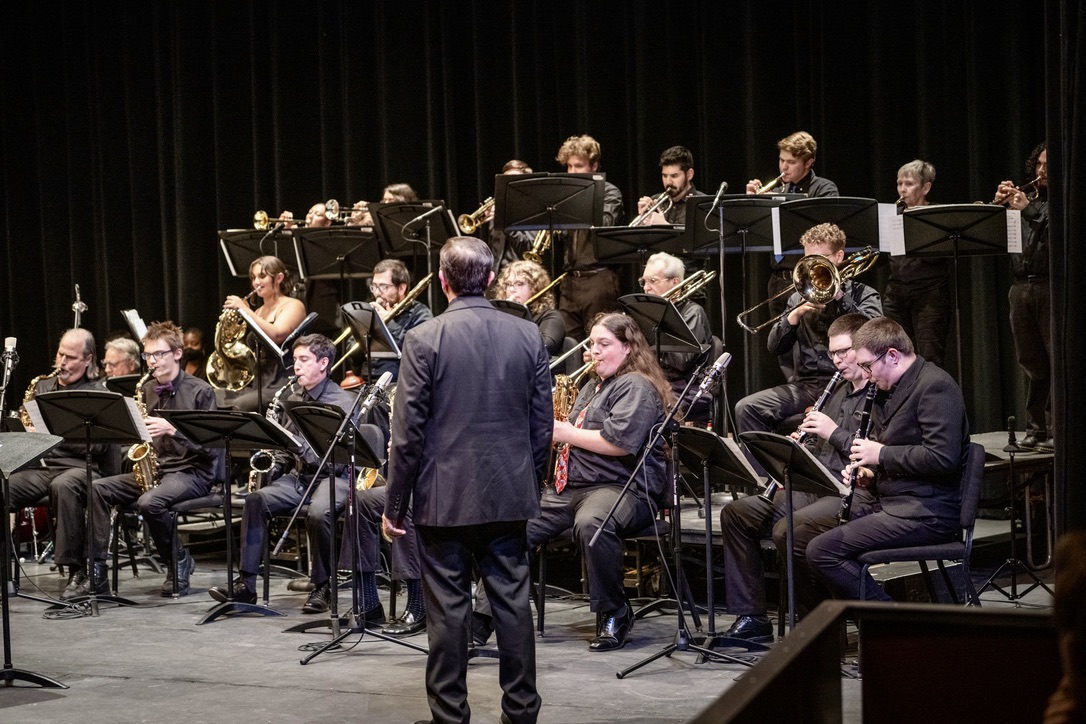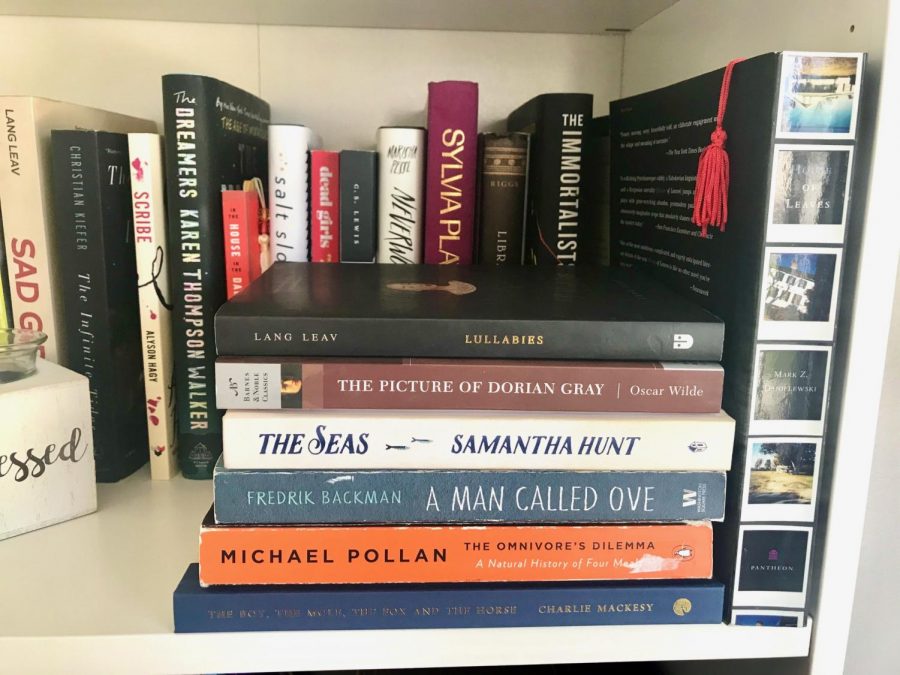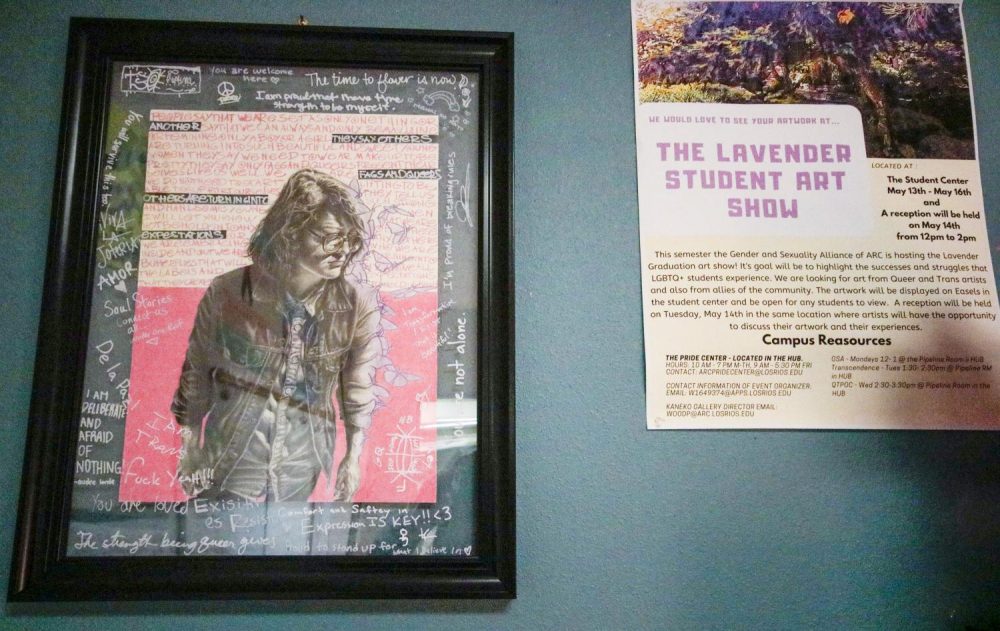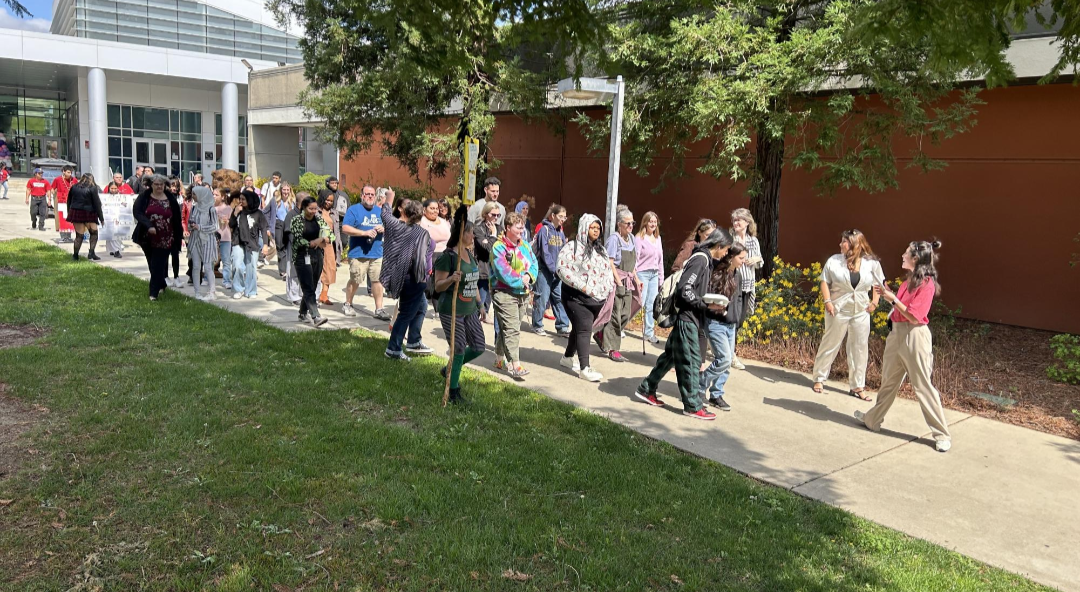After years of friendship, two local artists found themselves involved in the Art Hotel, a Sacramento “reclamation art exhibit” that has been described as a “once-in-a-lifetime opportunity.”
Craig Martinez, an American River College art professor and local Sacramento artist, was recruited by Mark Swanson to fill a room with sculptures made from materials that had already been used and were considered useless.
Martinez said that his work is heavily influenced by historical, cultural, and spiritual issues.
Swanson, who has worked on many projects, including the layout and background creation for George Lucas and Steven Spielberg’s animated film “Land Before Time,” took on the art direction part of their project.
Recently returning home to Sacramento following many years living in Hawaii, Swanson found a connection to the exhibit through the co-organizer Shaun Burner and his 30-year friendship with Burner’s father.
The enthusiasm that Martinez expressed for the project swayed Swanson to become involved.
“For me, I just happened into it,” Swanson said. “I was lucky that Craig said yes because if he hadn’t I would have really considered not doing it and I would not have wanted to miss this opportunity.”
Swanson further explained this by saying that Craig is someone that he’s always wanted to work with.
“His work evokes emotion, it’s powerful and it’s visceral,” Swanson said. “His sculptures are alive and their spirits are very present in the room.”
Martinez said that the exhibit has brought the local art scene, which he feels is often underappreciated, to the forefront of many Sacramento communities.
“I think our art community is taken for granted,” Martinez explained. “Our local artists are taken for granted, especially the edgier, more outsider and street artists.”
Swanson echoed Martinez’s belief that the local art scene was undervalued and added that the Art Hotel gave artists the opportunity to create something without the strings of money.
“(The Art Hotel) gives these artists an opportunity to say something that they don’t have to worry (about) making any money on,” Swanson said. “Once you take the dollar signs off it and you can just communicate what you want to communicate, it’s a whole different ball game. Frankly, it’s about validation.”
The local art scene was also able to come together through the Art Hotel, according to Martinez.
“Every artist there is really showing their work but also doing it as a cause to support the arts in each other,” Martinez said. “The community support, in that same way, has been phenomenal.”
Swanson expanded on his takeaway from the project by saying, since each room is an installation, the artist is able to mess with people’s heads, as well as their own.
“You get to walk into these spaces which is really like walking into someone’s head,” Swanson said.
Talking about their own room, Swanson said that stepping into their “head” was like entering a “new era” of art that’s “ripe with collaboration.”
“(Being in our room) might be like peering or walking into the darkness (and) honestly hoping you’ll see something, something of hope,” Swanson said. “Not devoid (of) difficulty, perhaps, but a sense of something good waiting to be found.”
Chrysti Tovani , an art new media and photography student at ARC, has taken five classes with Martinez and described his room at the hotel as “passionate.”
“I loved the room. I loved the vibrancy of the color,” Tovani said. “You can really see all the details and the blues and the reds. You can appreciate the time it must take to put a piece together.”
Outside of the art that he produced, Martinez expressed excitement for the variety of art that the Art Hotel embodies.
“There’s a wide range, from classic photography to skateboard in one room; they actually have a skateboard ramp. They have several installation pieces. They have graffiti artists painting,” Martinez raved. “Almost every surface is covered with something or has some piece of art attached to the wall or some message.”
While talking about the future of the art after the Art Hotel has been demolished, Martinez said that he and Swanson, as well as other artists, would be keeping their installations.
“Not all of the art there will be disposed. Probably most of it, but there’s enough art there that frankly shouldn’t be discarded,” Martinez said. “The art that will be (destroyed) the artist obviously knew that was the destination.”
Martinez added, however, that the disposal of some of the art actually adds to the beauty of the project.
“Part of the nature of the Art Hotel is to create art that will be destroyed,” Martinez concluded. “The fact that is temporary is an inspiration in itself.”


